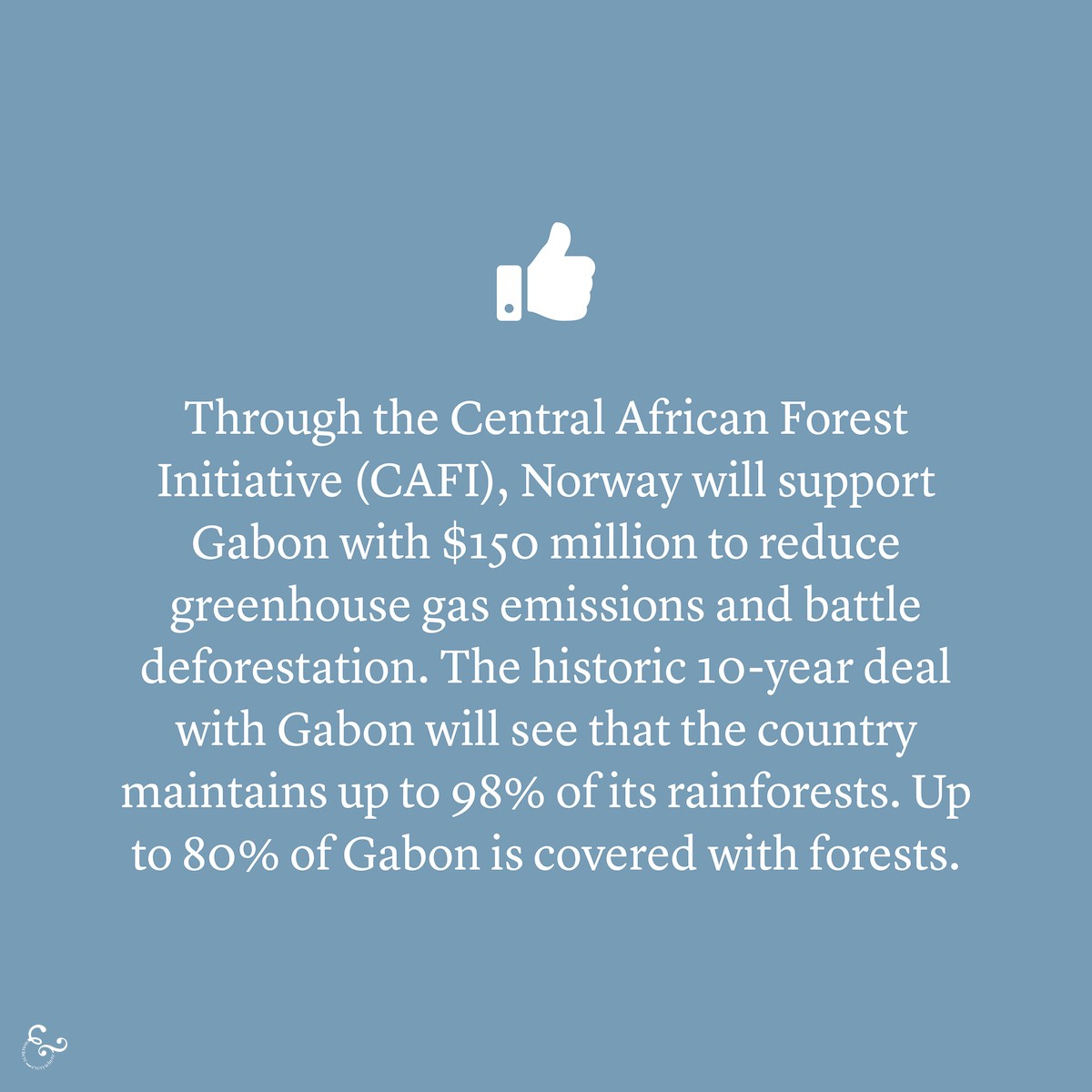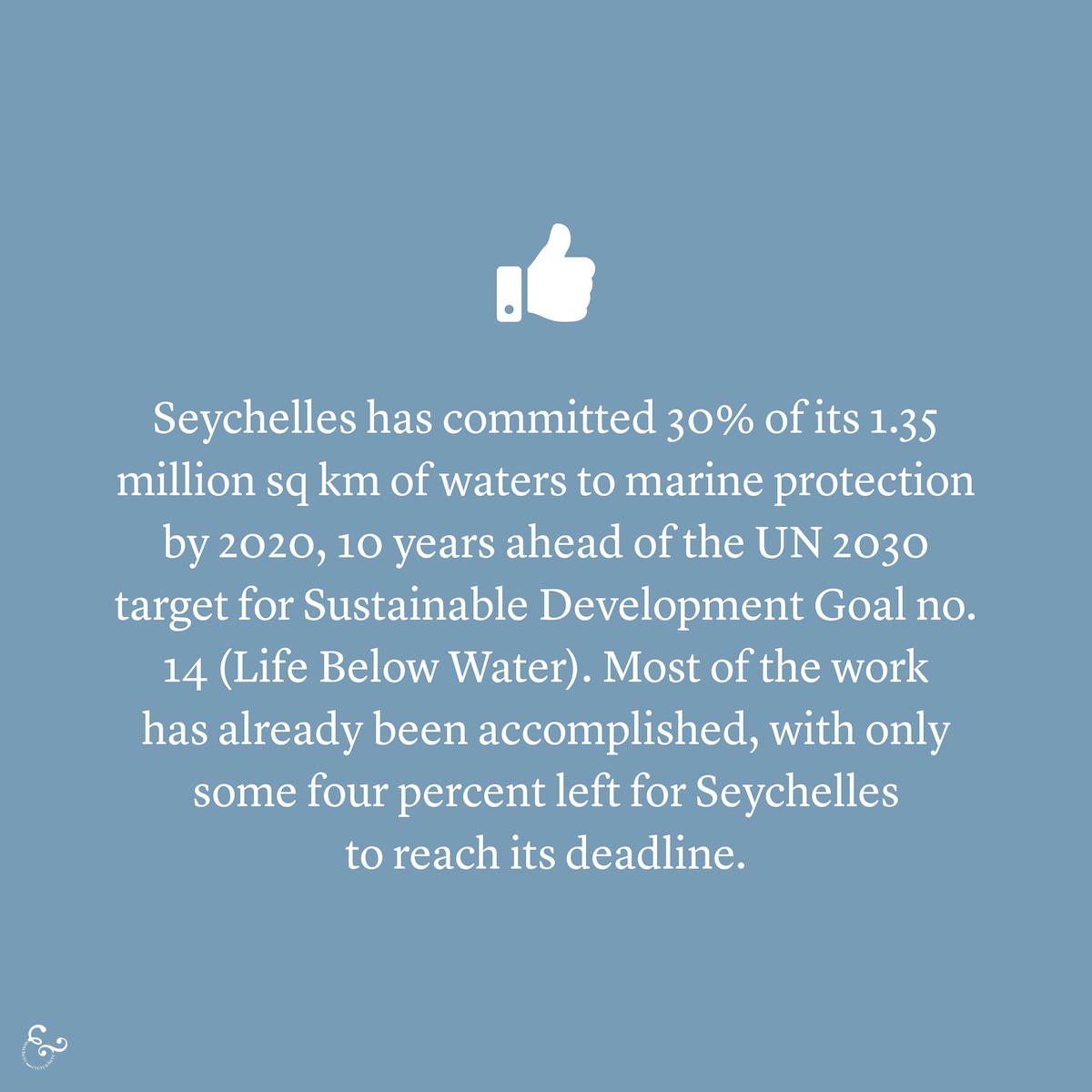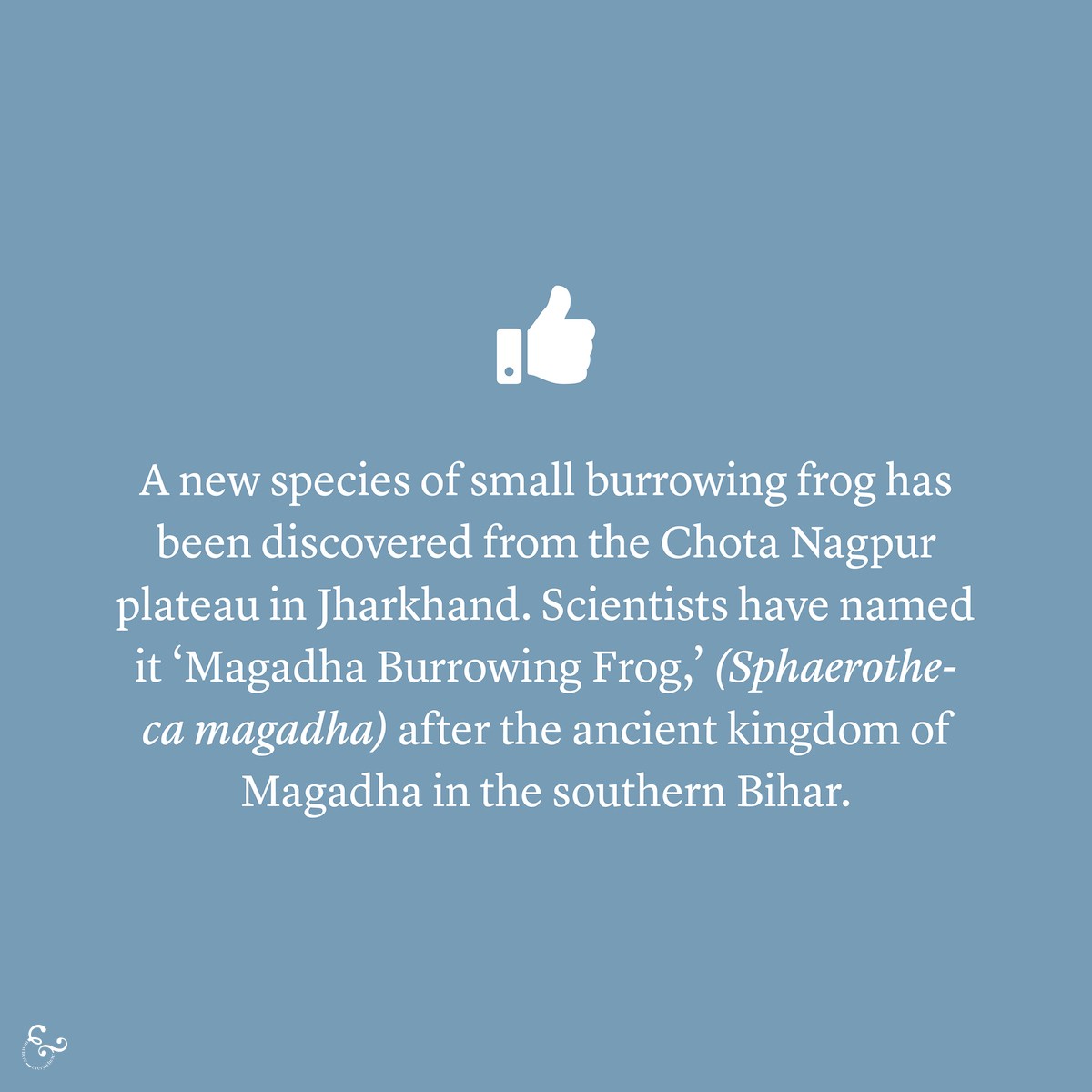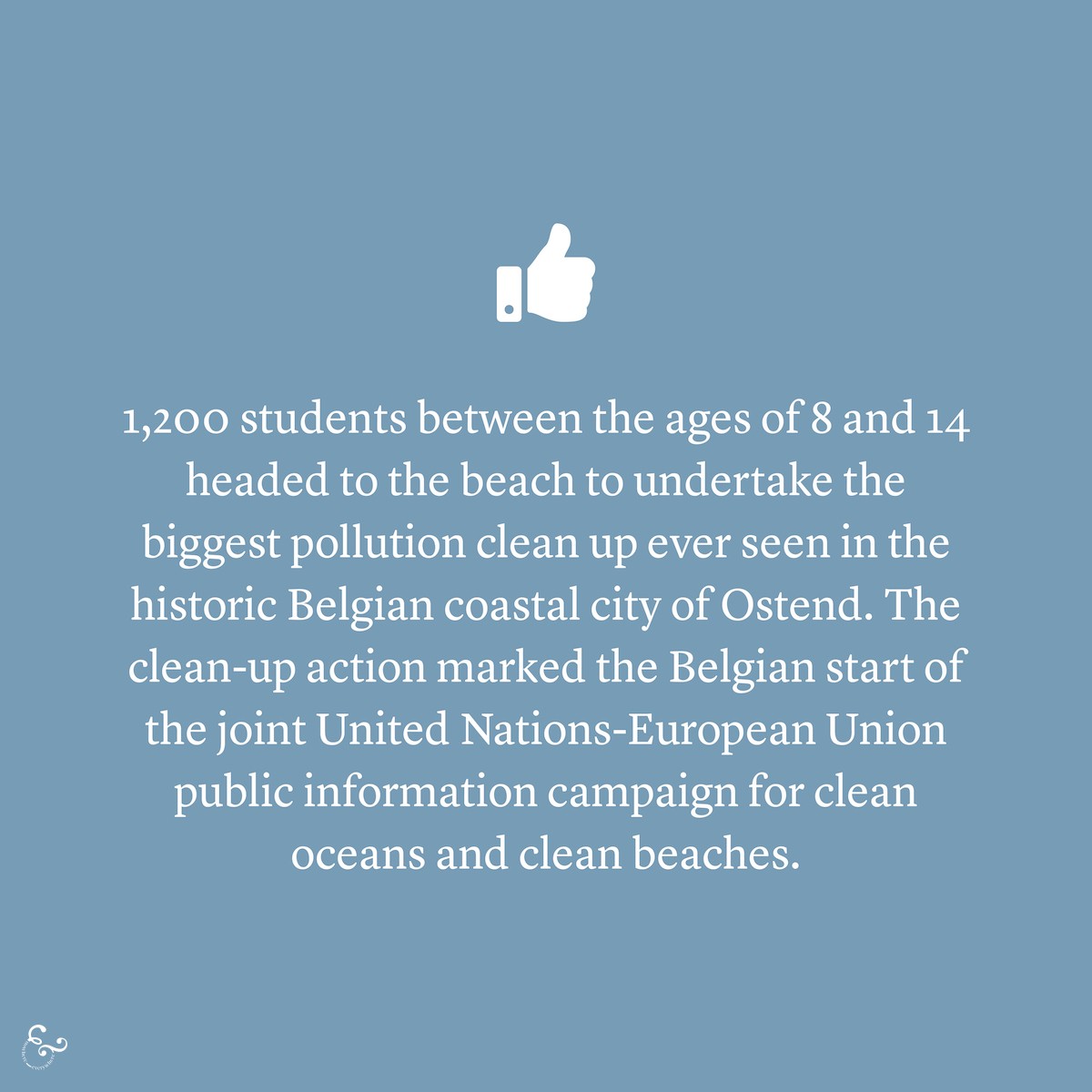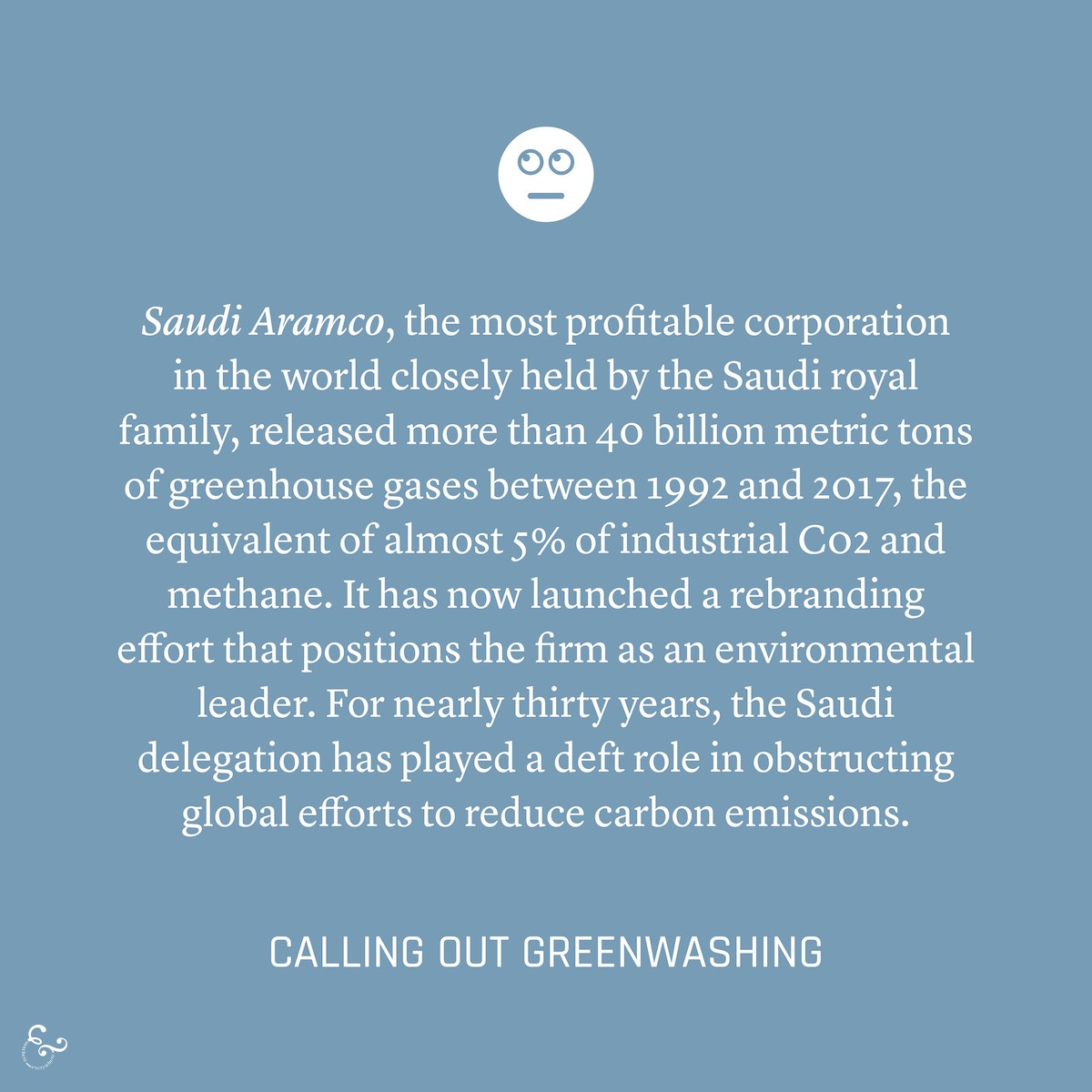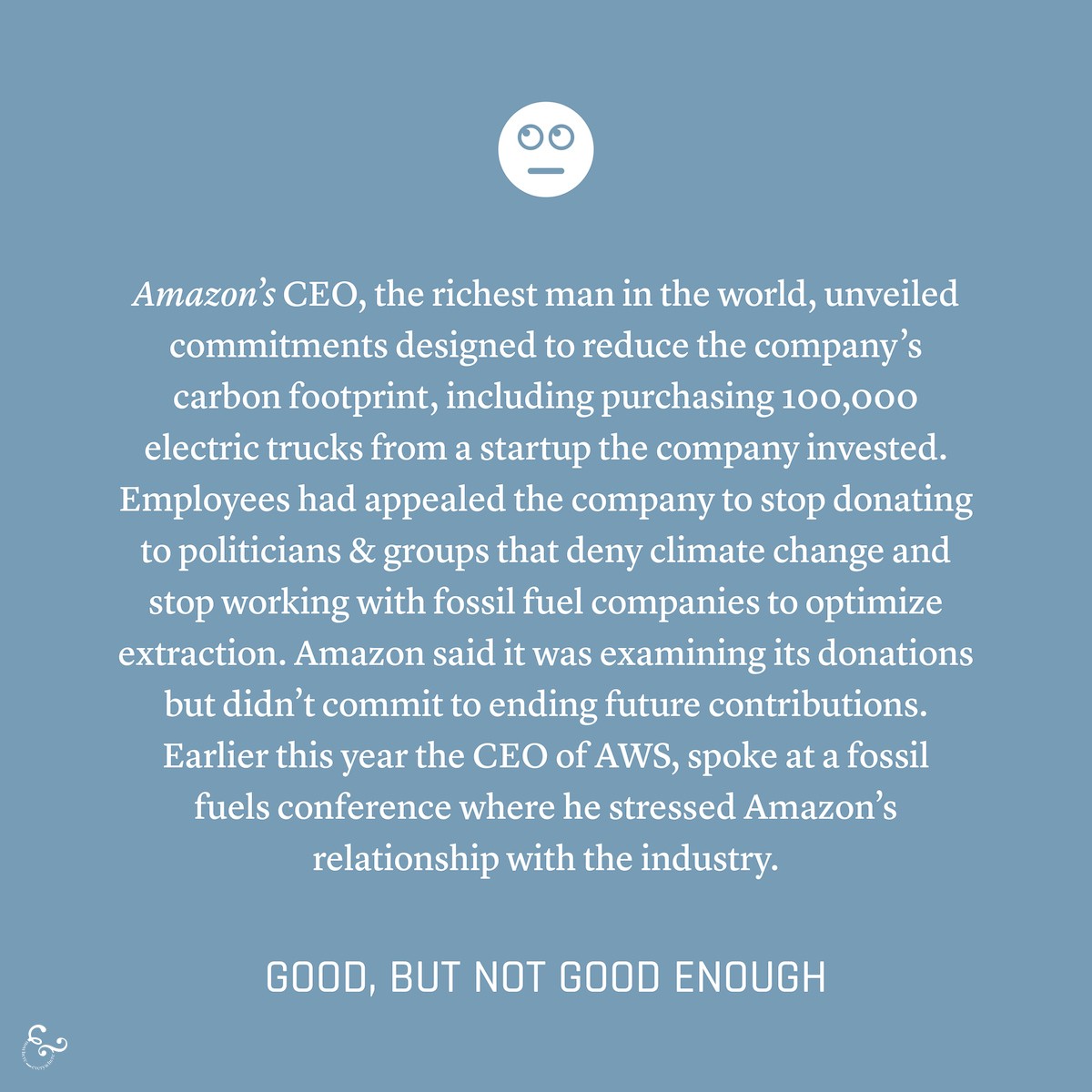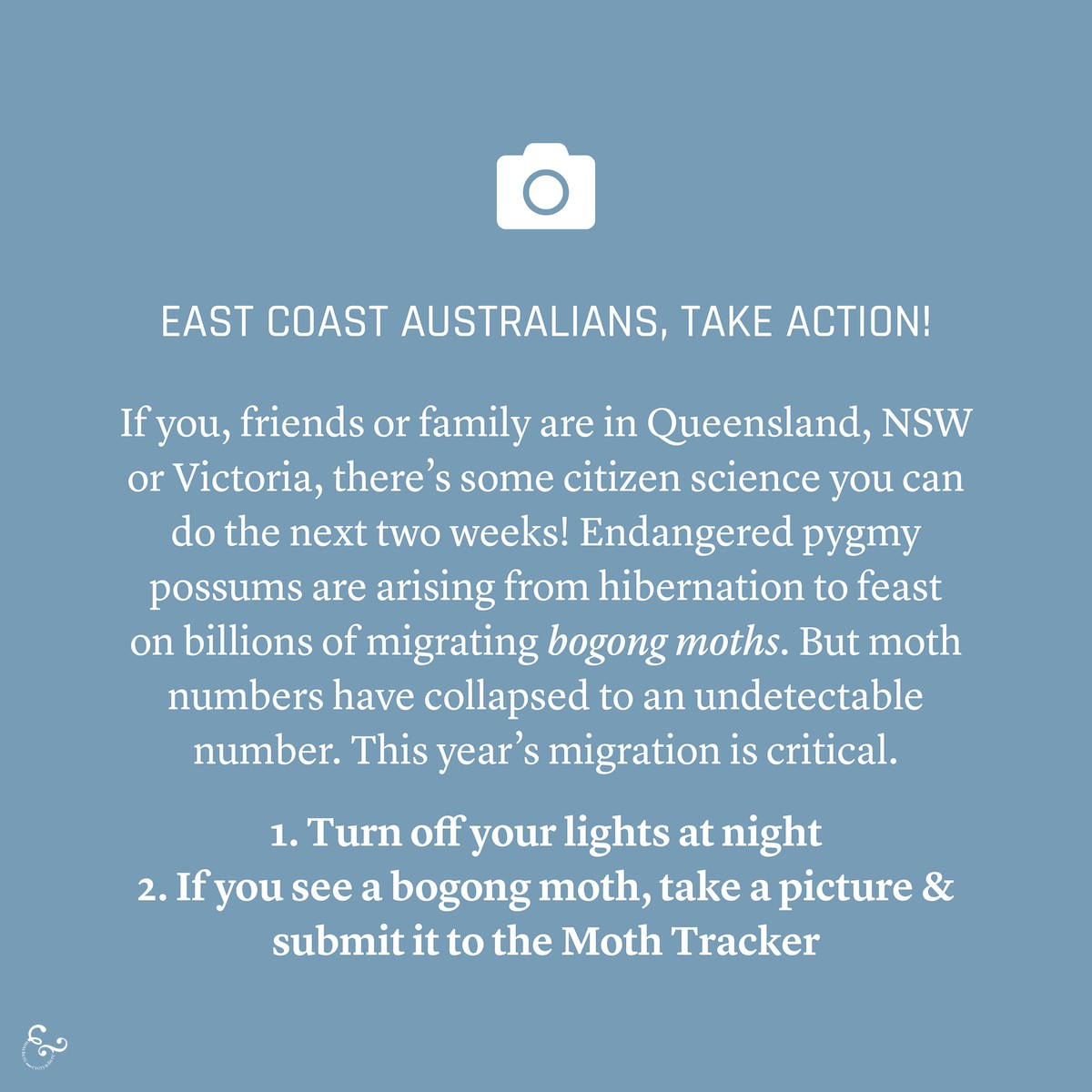Every week we do a major roundup of environmental news across the world. It is really important we all know it and share it, but it can also be pretty disheartening. The bad news is nearly always on a much, much larger scale than the good. The next few years are probably going to look the same as we enter climate feedback loops, profit incentives continue to grow, population increases and we continue to stall on our Paris Agreements. We’re interested in education, understanding systems, and the levers we can all pull for change.
But during this mammoth effort every week, we also get to see lots of little good news stories pass through our initial filter which we’re posting here. We can use these to inspire us, give us ideas in our own communities and potentially scale them up. Environmental good news can often be fairly greenwashed so we’re not interested in that and won’t consider it good news. If you see a story and decide to implement it where you live, we’d absolutely love to hear about it! Please tag us in or email us and let’s create a world of lots of local change which collectively has big impact.
- Seychelles is leading the way in marine conservation – ten years ahead of United Nations deadlines. Seychelles has committed 30 percent of its 1.35 million sq km of waters to marine protection by 2020, ten years ahead of the United Nations 2030 target for Sustainable Development Goal no. 14 (Life Below Water). Most of the work has already been accomplished, with only some four percent left for Seychelles to reach its deadline. (RFI)
Seaside scavenge works to clean up oceans by giving one token per 10 items of trash, and then you can use those tokens to spend at the second-hand market stall which has all been donated by the local community. In September, the beach clean-up events were held in Sydney, Tasmania, Cape Town and the United Kingdom. (ABC)
- A new species of small burrowing frog has been discovered from the Chota Nagpur plateau in Jharkhand. Scientists have named it ‘Magadha Burrowing Frog,’ (Sphaerotheca magadha) after the ancient kingdom of Magadha in the southern Bihar. (Mongabay)
- Masses of young people poured into the streets on every continent the past two Fridays for a day of global climate protests to align with UN Climate Summit. The first Friday saw about 4 million people turnout worldwide. More than 500 cities in Germany participated. More than one million people took part in Italy. New Zealand saw more than 3.5% of the country’s population join the demonstrations. Six million people have taken to the streets over the two Fridays, uniting across timezones, cultures and generations to demand urgent action on the escalating ecological emergency. ( NYT / NYT 2 / Vox / UN / The Guardian)
- In an effort to fight climate change, the Central African Forest Initiative (CAFI) announced Sunday that Gabon will be paid $150 million in international funds to preserve its rainforest. Through the Central African Forest Initiative (CAFI), Norway will support Gabon with the funds to reduce greenhouse gas emissions and battle deforestation. The historic 10-year deal with Gabon will see that the country maintains up to 98% of its rainforests. Up to 80% of Gabon is covered with forests. (CNN)
- Sixteen young climate activists announced a new international petition to the UN Committee on the Rights of the Child to name climate change as a crisis for children’s rights, specifically naming Argentina, Brazil, France, Germany, and Turkey as the targets. It’s a novel way of using international institutions to shame heavy emitters and to nudge them to curb their emissions. (Vox)
- 1,200 students between the ages of 8 and 14 headed to the beach to undertake the biggest pollution clean up ever seen in the historic Belgian coastal city of Ostend. clean-up action marked the Belgian start of the joint United Nations-European Union public information campaign for clean oceans and clean beaches. (UN)
- We’ll take it? The German government has agreed to support a $60 billion package of climate policies aimed at getting Germany back on track to meet its goal of reducing greenhouse gas emissions by 2030. Companies in the transportation industry will be required to buy certificates for 10 euros per ton of carbon dioxide emitted. The price will increase to 35 euros per ton by 2025. Other measures include subsidies for electric cars and energy efficient heaters, with a ban on oil-burning furnaces starting in 2025. Taxes on flight tickets will be increased, while surcharges for train tickets will fall as part of efforts to encourage more people to switch to the rails from the air. Opposition politicians and experts on climate science quickly condemned the package as lacking the ambition needed to restore the country’s status as an international leader in efforts to battle climate change. (NYT)
Calling out greenwashing
Saudi Aramco / Saudi Aramco, the most profitable corporation in the world closely held by the Saudi royal family, released more than 40 billion metric tons of greenhouse gases between 1992 and 2017, the equivalent of almost 5 percent of industrial carbon dioxide and methane. It has now launched a rebranding effort that positions the firm as an environmental leader. But the Saudi oil company’s lofty branding campaign belies a stunning history of undermining action to address the climate crisis, a concerted effort designed to preserve the profits of Aramco. For nearly thirty years, the Saudi delegation has played a deft role in obstructing global efforts to reduce carbon emissions. Aramco earn profits of over $111 billion a year. The bond filing revealed policies that could harm the demand for oil include “carbon emission cap and trade regimes, carbon taxes, increased energy efficiency standards and incentives and mandates for renewable energy.” (The Intercept)
Amazon / Amazon’s CEO, the richest man in the world, unveiled a new set of programs designed to reduce the company’s carbon footprint, including purchasing 100,000 electric trucks from Rivian, a startup the company invested over $400 million in earlier this year. Amazon committed to meeting the goals of the Paris climate agreement net zero carbon emissions by 2040 (including offsets rather than no longer using fossil fuels). The company says it plans to run 80 percent of its “global infrastructure” on renewable energy by 2024, and 100 percent by 2030. The Climate Pledge is neither a greenwash nor a game-changer. It is an important step in Amazon’s transition to a low-carbon company. Amazon needs to put its muscle behind greening the supply chain. Taken together, Amazon’s environmental promises are a start, but only a drop in the bucket of what experts say may be needed to address the climate crisis. Earlier this year, Andrew Jassy, the CEO of Amazon Web Services (AWS), spoke at a fossil fuels conference where he stressed Amazon’s relationship with the industry. Bezos said that Amazon was examining whether its political donations were going to “active climate deniers,” but he didn’t commit to ending future contributions. (QZ / Forbes / Wired)
Plastics / An Australian billionaire is asking household brands to reduce plastic waste by paying a premium for virgin plastics, making recycled products cheaper in comparison. The initiative titled Sea The Future will target big companies that use plastic in their packaging, asking them for voluntary contributions that will raise money for recycling projects. Our note: While the idea of this is to reduce fossil fuels and plastic waste in our oceans, Andrew Forrest is a billionaire thanks to his mining company profits and cattle ranching exports of beef.
Take Action!
If you, friends or family are in Queensland, New South Wales or Victoria, there’s some citizen science you can do the next two weeks.
Each year, from September to mid-October, the tiny and very precious mountain pygmy-possums arise from their months of hibernation under the snow and begin feasting on billions of bogong moths that migrate from Queensland to Victoria’s alpine region. But for the past two springs, moth numbers have collapsed from around 4.4 billion in alpine areas to an almost undetectable number of individuals. This year’s migration of bogong moths to the possums’ alpine home is crucial for the critically endangered mountain pygmy-possums. That’s why we’re asking you to do two simple things: turn off your lights at night, and if you see a bogong moth, take a picture. Read more on The Conversation.

